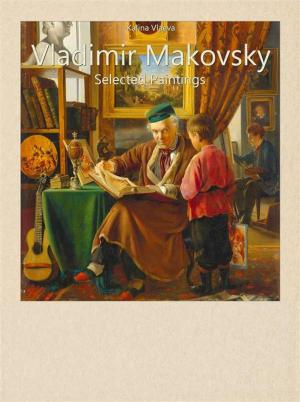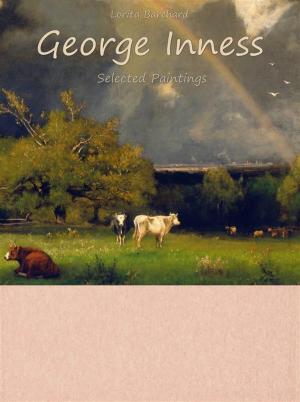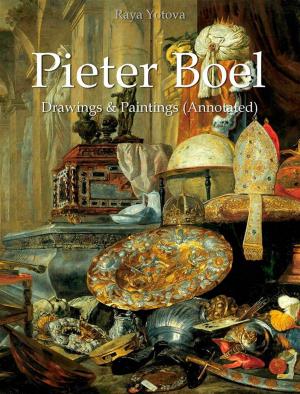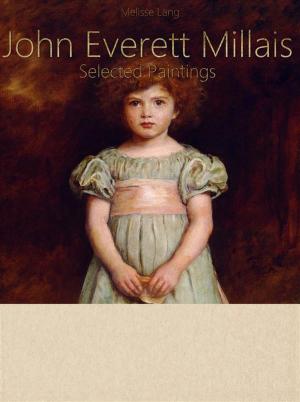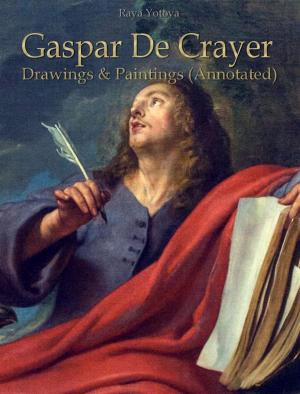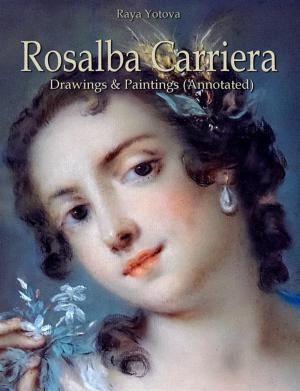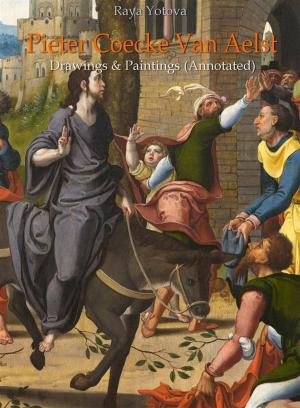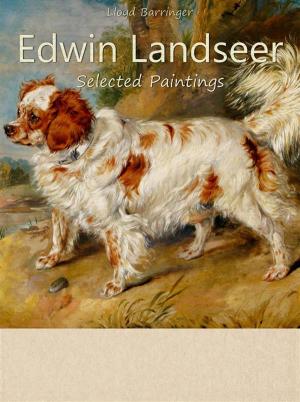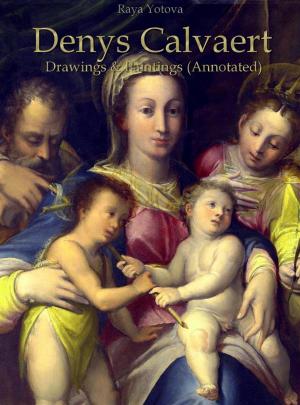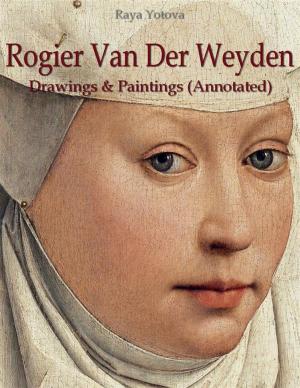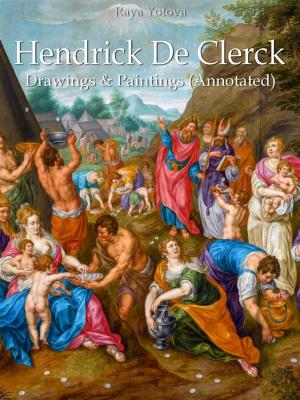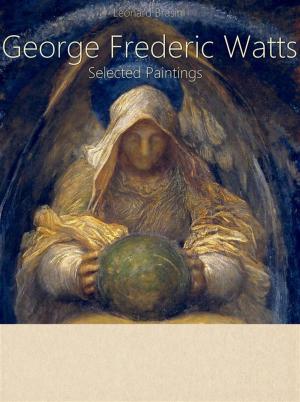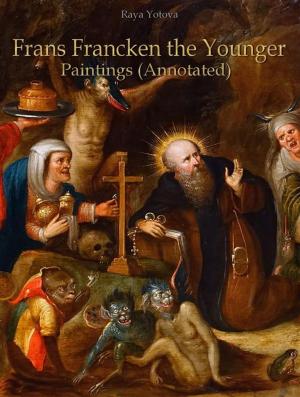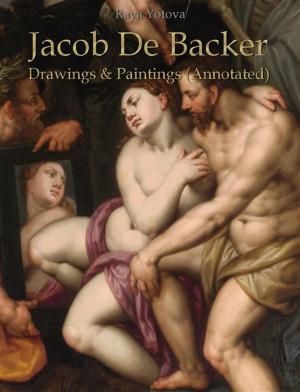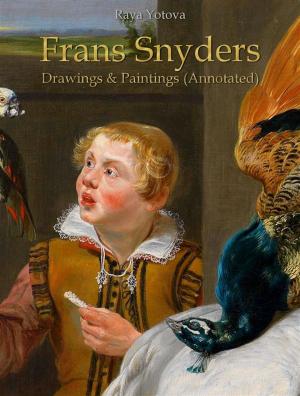| Author: | Raya Yotova | ISBN: | 9788832535464 |
| Publisher: | Publisher s13381 | Publication: | March 9, 2019 |
| Imprint: | Language: | English |
| Author: | Raya Yotova |
| ISBN: | 9788832535464 |
| Publisher: | Publisher s13381 |
| Publication: | March 9, 2019 |
| Imprint: | |
| Language: | English |
Sesshū spent about 20 years in Kyoto and then went to the Yamaguchi prefecture to become the chief priest of the Unkoku Temple. At that time it began to be named Sesshū ("snow boat").
Yamaguchi was the place where many Japanese expeditions began in China, and perhaps Sesshū's choice for the city was dictated by his desire to visit that country. He received an invitation from the Iuchi family, the masters of Yamaguchi and one of the most powerful families in Japan, and joined a commercial trip; in 1468 he set foot on the shores of South China. His duties were to buy Chinese artwork for wealthy Japanese patrons, as well as to visit and study in Chinese Zen temples. Although the artist was disappointed with the art of the Ming Dynasty, he was profoundly interested in Chinese nature and temples. He was quickly recognized as an essential artist in China, and a contemporary source indicates that he may have received an order from the Imperial Palace in Beijing.
Sesshū remained in China until 1469, after which he returned to Japan and lived in the Inita prefecture in Kyūshū where he founded his own studio. He was involved in painting and teaching and often traveled to different regions of Japan.
In 1486 Sesshū returned to Yamaguchi. Many of his existing works date back to the last years of his life. Although the many works of this period bear a signature, name or seal of Sesshū, only a few of them can certainly be attributed to him.
Perhaps the master's most important survival work is the so-called Long Scroll of Landscapes: a 15-meter scroll depicting the four seasons in the spring-summer-autumn-winter sequence. As is customary for the period, the style and technique in this work are heavily influenced by the Chinese paintings of the Song Dynasty, especially the works of Xia Gui. However, Sesshū changed the Chinese model by introducing a more pronounced contrast between light and shadow, thicker, heavier lines and a flattering effect of space.
There are two large landscape scrolls attributed to Sesshū. The smaller "Four Seasons" scroll shows features similar to those of Sansui Chokan, with more free technique. View of Ama-no-Hashidate, painted shortly before the artist's death, is a radical departure from the Chinese tradition: the painting presents a realistic bird-eye view of a particular landscape.
Sesshū spent about 20 years in Kyoto and then went to the Yamaguchi prefecture to become the chief priest of the Unkoku Temple. At that time it began to be named Sesshū ("snow boat").
Yamaguchi was the place where many Japanese expeditions began in China, and perhaps Sesshū's choice for the city was dictated by his desire to visit that country. He received an invitation from the Iuchi family, the masters of Yamaguchi and one of the most powerful families in Japan, and joined a commercial trip; in 1468 he set foot on the shores of South China. His duties were to buy Chinese artwork for wealthy Japanese patrons, as well as to visit and study in Chinese Zen temples. Although the artist was disappointed with the art of the Ming Dynasty, he was profoundly interested in Chinese nature and temples. He was quickly recognized as an essential artist in China, and a contemporary source indicates that he may have received an order from the Imperial Palace in Beijing.
Sesshū remained in China until 1469, after which he returned to Japan and lived in the Inita prefecture in Kyūshū where he founded his own studio. He was involved in painting and teaching and often traveled to different regions of Japan.
In 1486 Sesshū returned to Yamaguchi. Many of his existing works date back to the last years of his life. Although the many works of this period bear a signature, name or seal of Sesshū, only a few of them can certainly be attributed to him.
Perhaps the master's most important survival work is the so-called Long Scroll of Landscapes: a 15-meter scroll depicting the four seasons in the spring-summer-autumn-winter sequence. As is customary for the period, the style and technique in this work are heavily influenced by the Chinese paintings of the Song Dynasty, especially the works of Xia Gui. However, Sesshū changed the Chinese model by introducing a more pronounced contrast between light and shadow, thicker, heavier lines and a flattering effect of space.
There are two large landscape scrolls attributed to Sesshū. The smaller "Four Seasons" scroll shows features similar to those of Sansui Chokan, with more free technique. View of Ama-no-Hashidate, painted shortly before the artist's death, is a radical departure from the Chinese tradition: the painting presents a realistic bird-eye view of a particular landscape.

